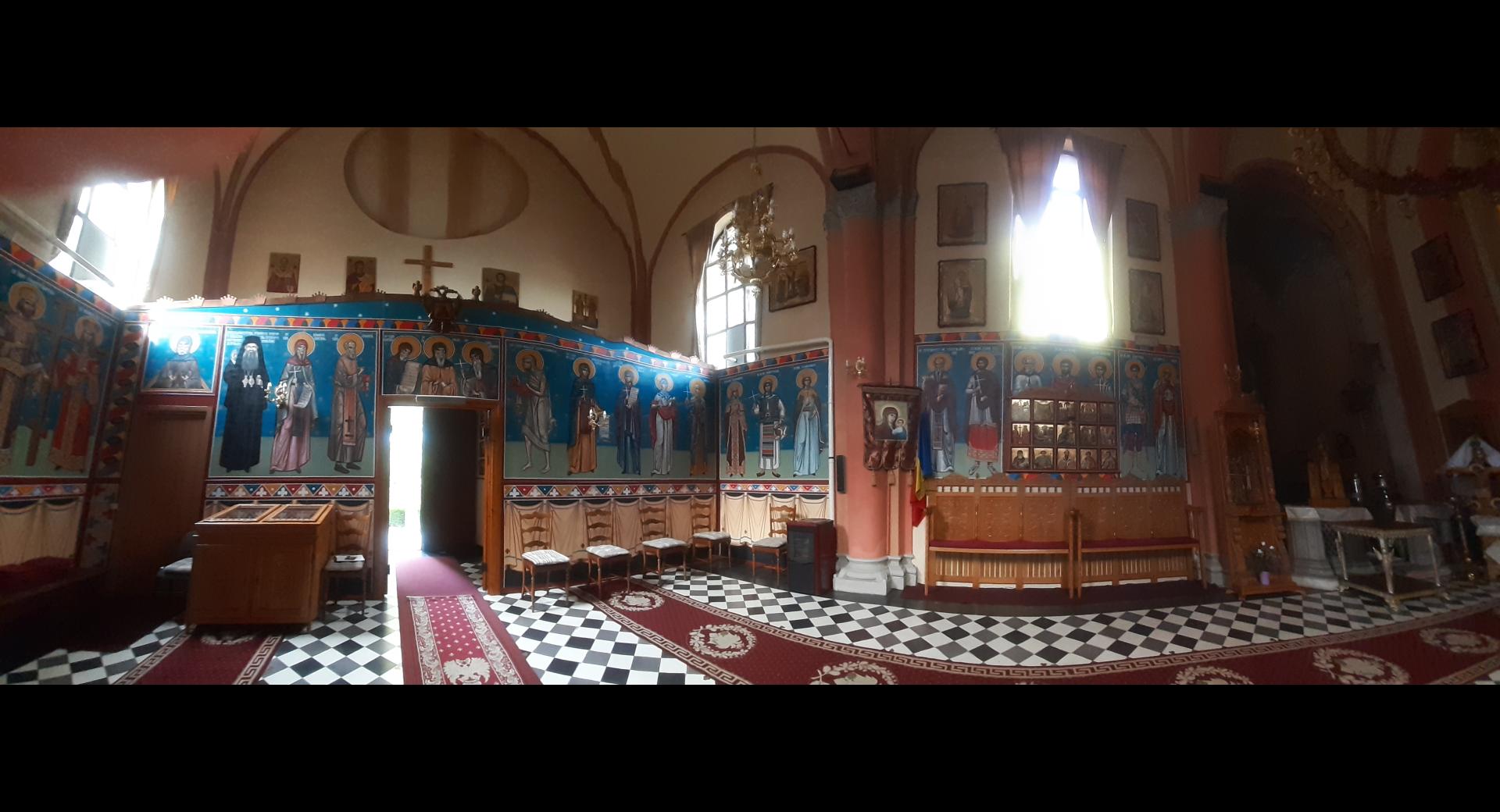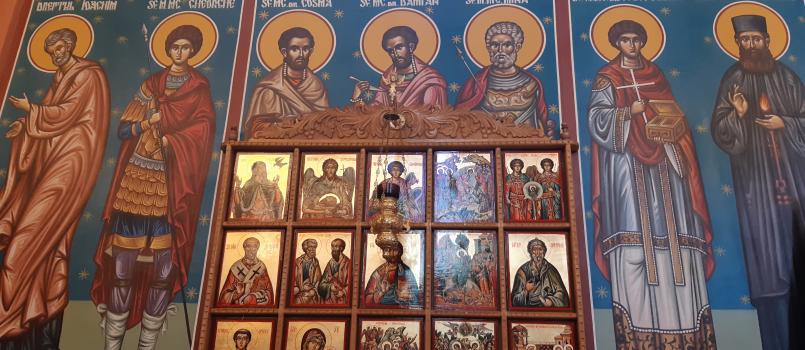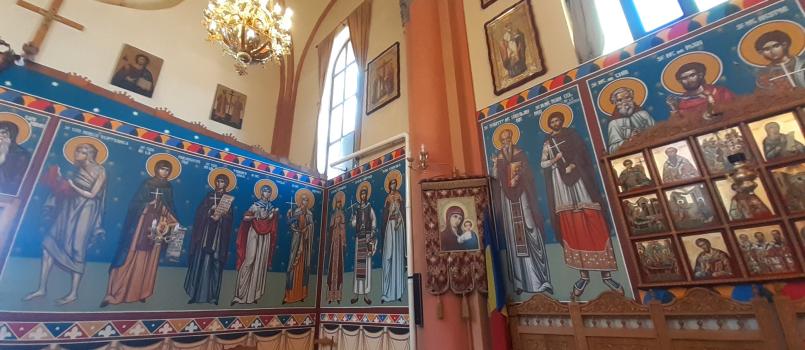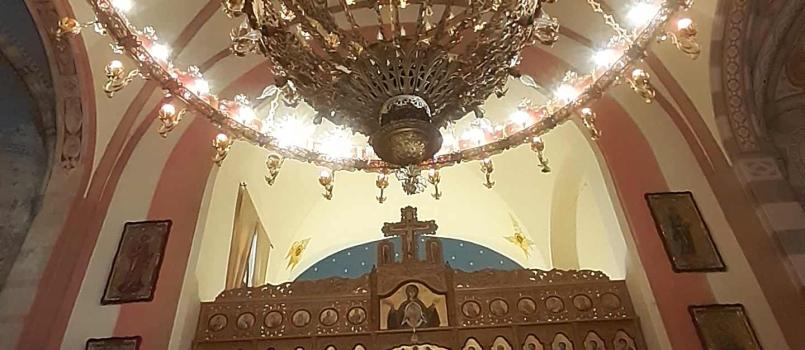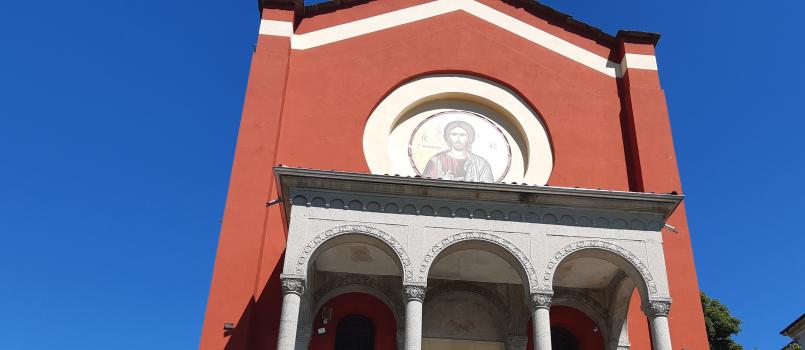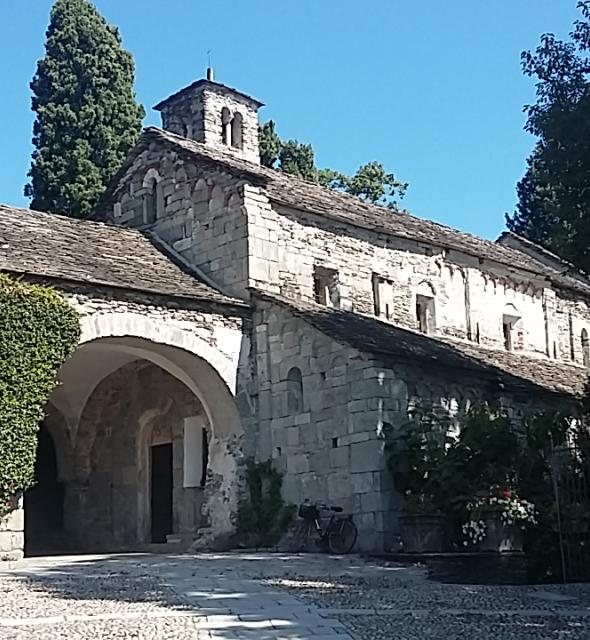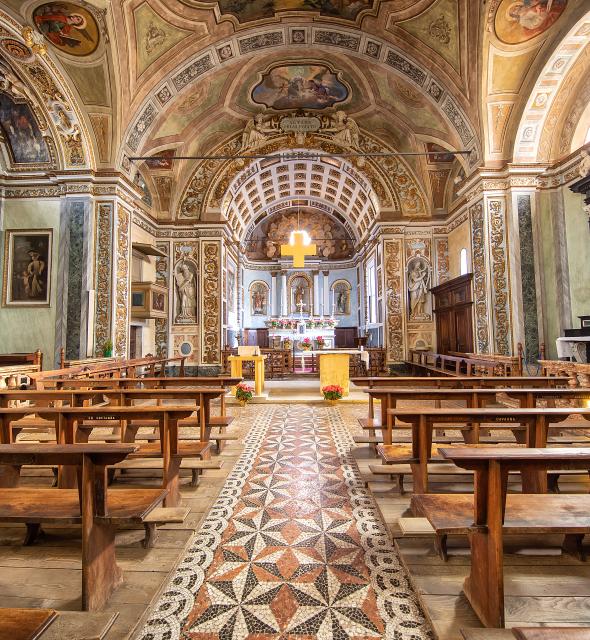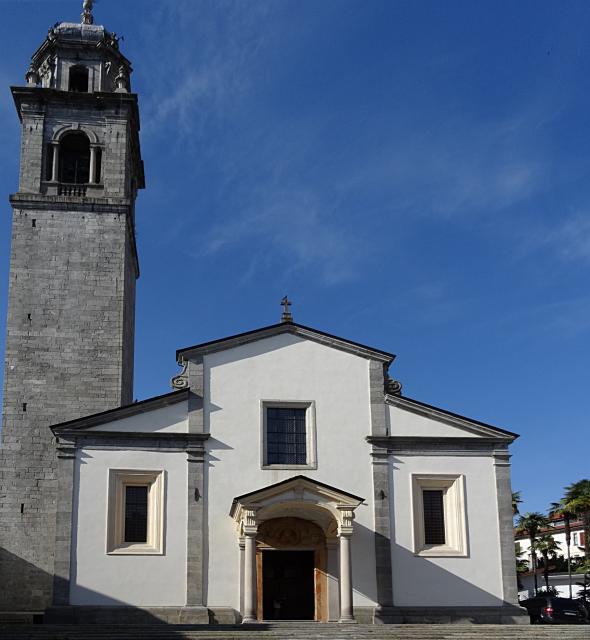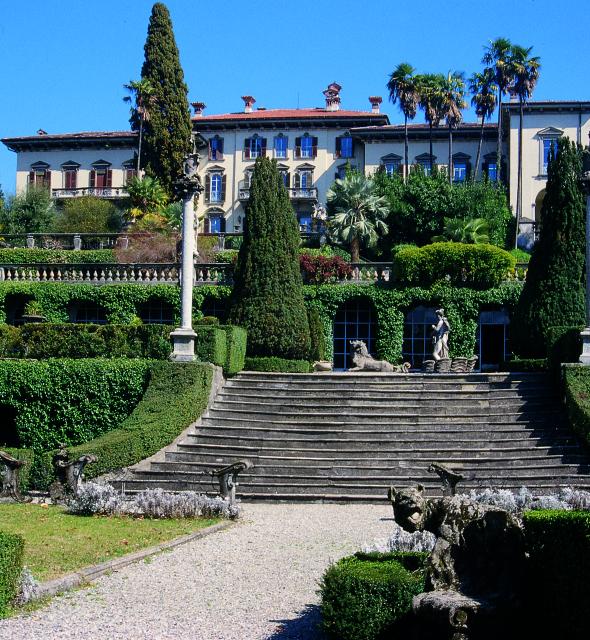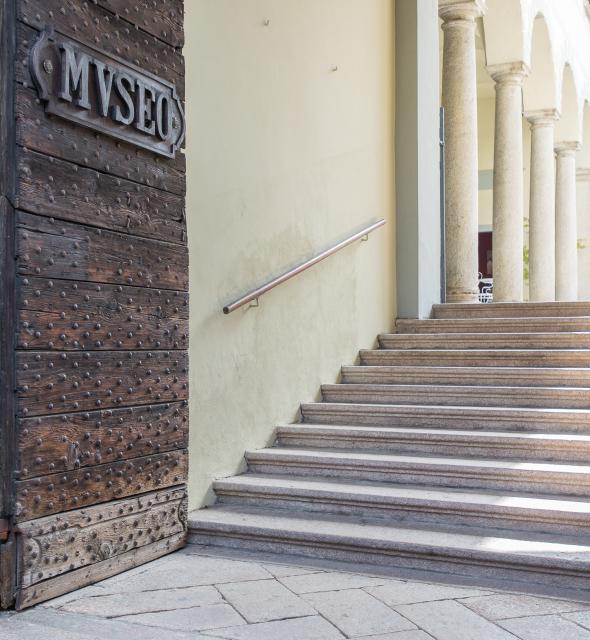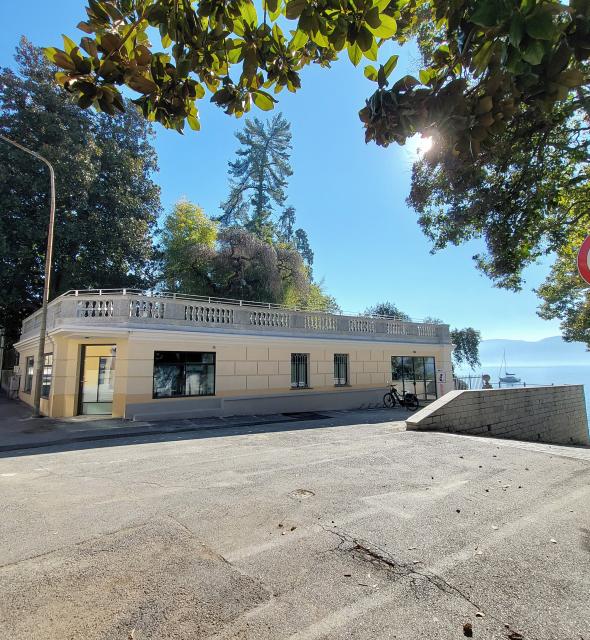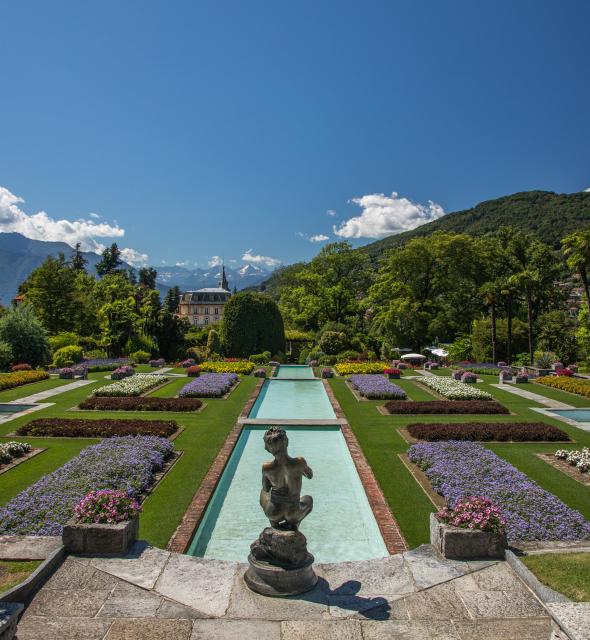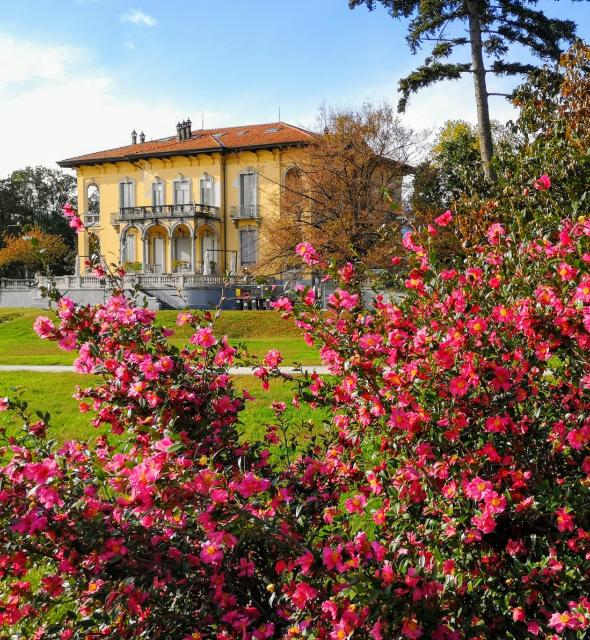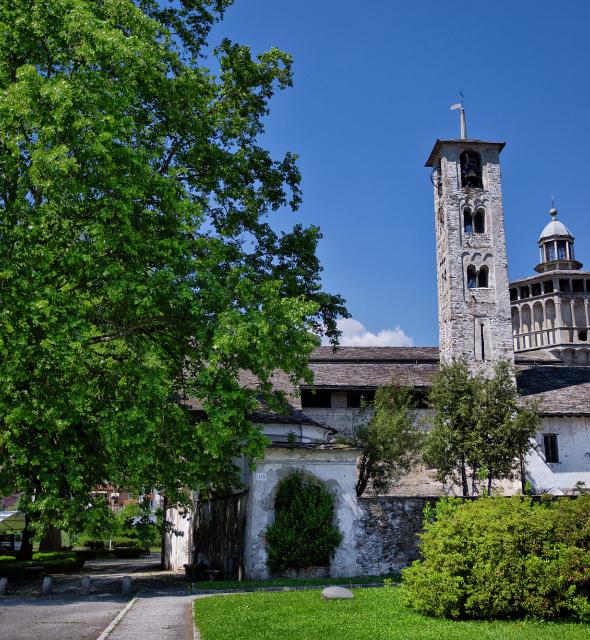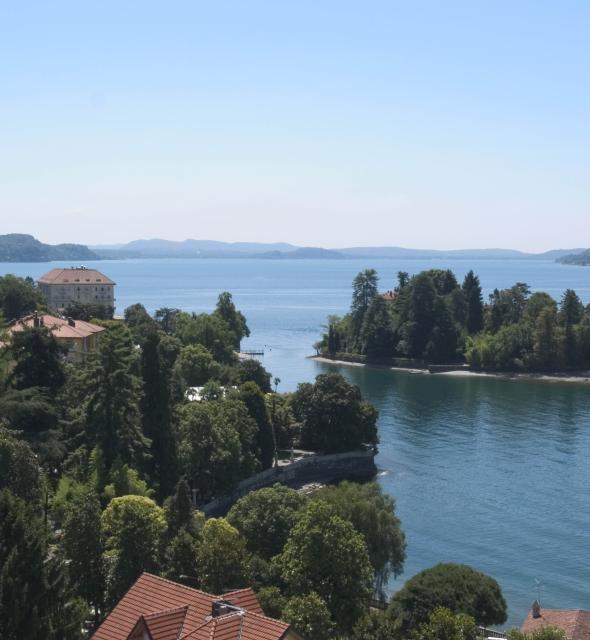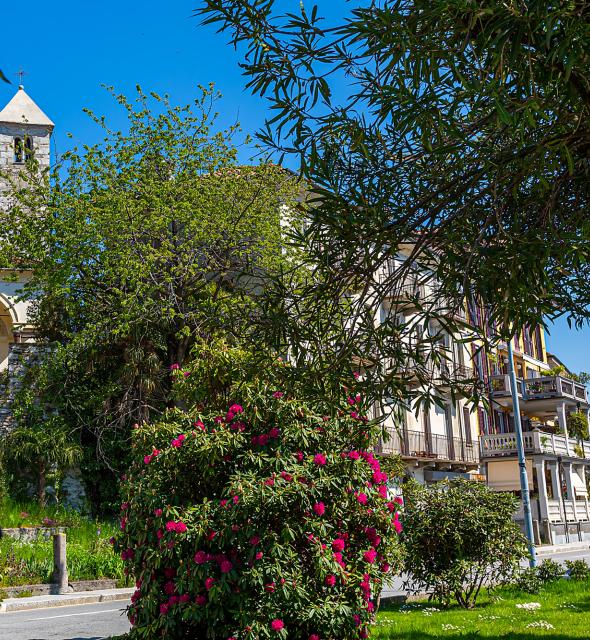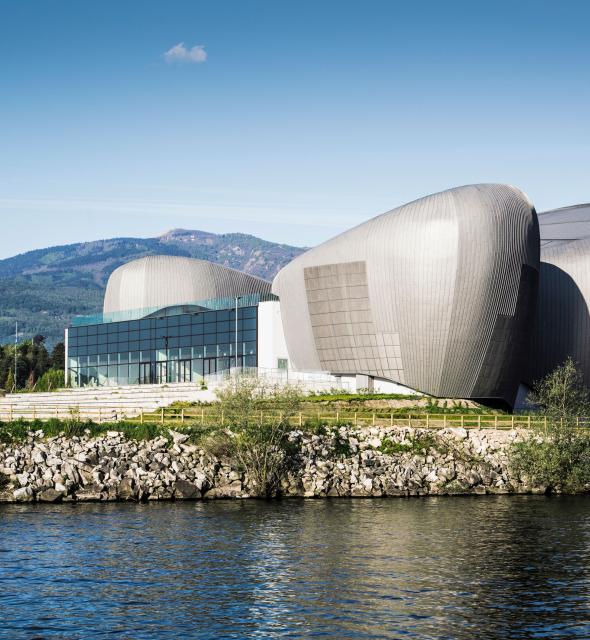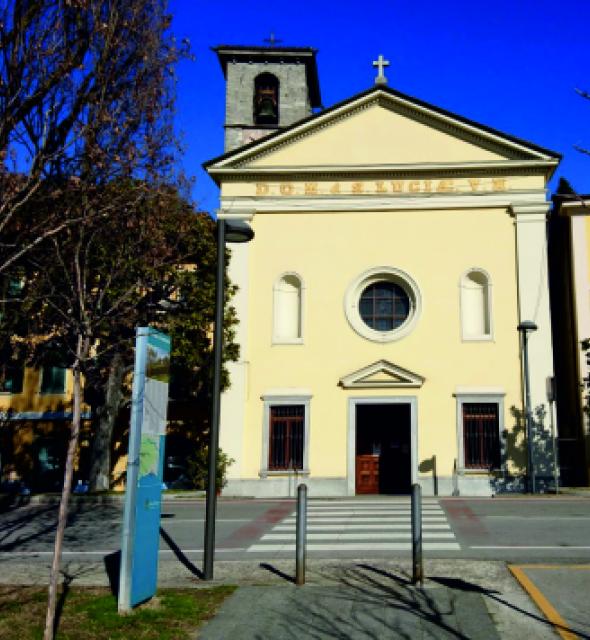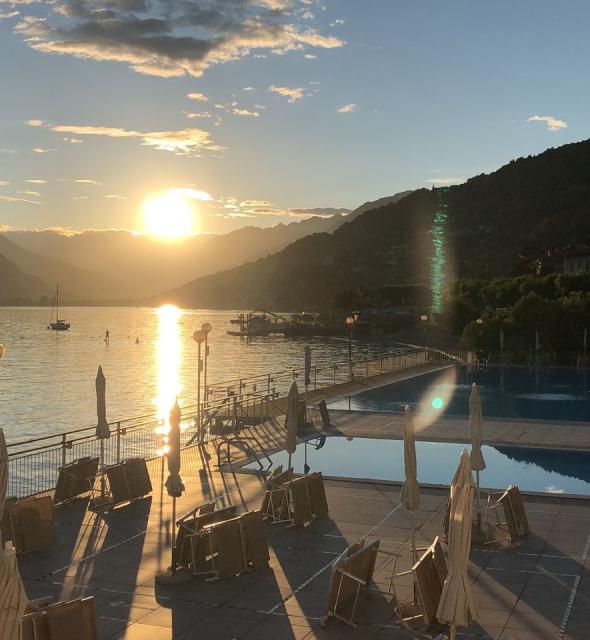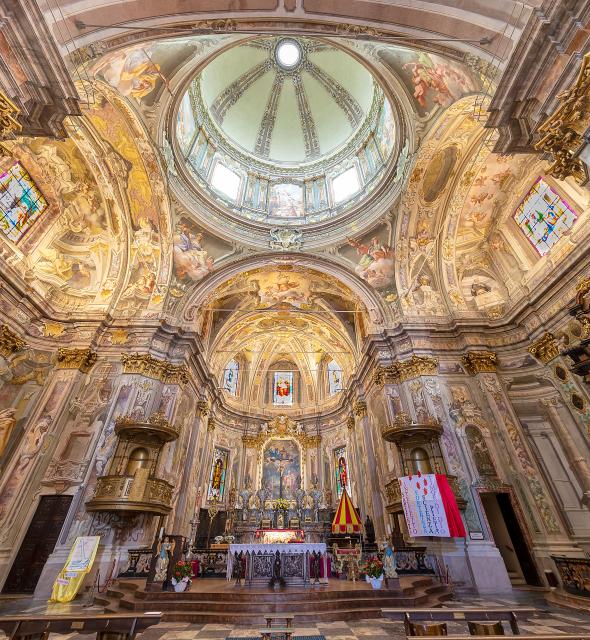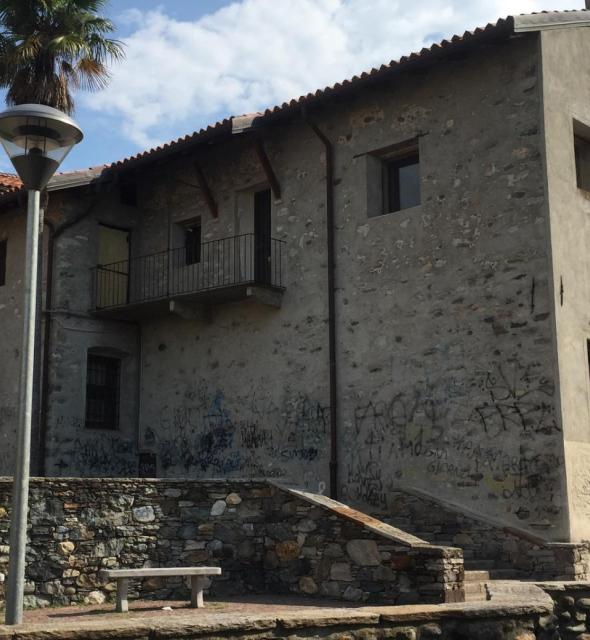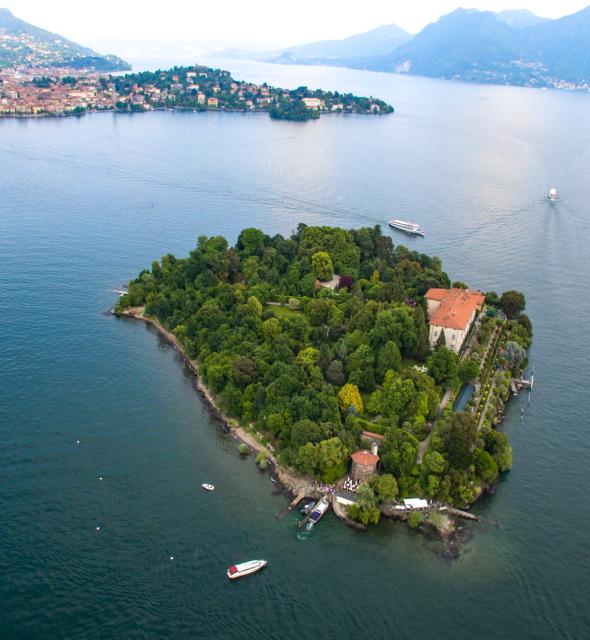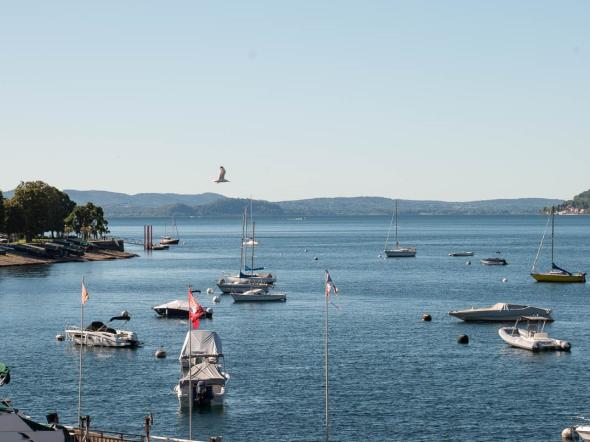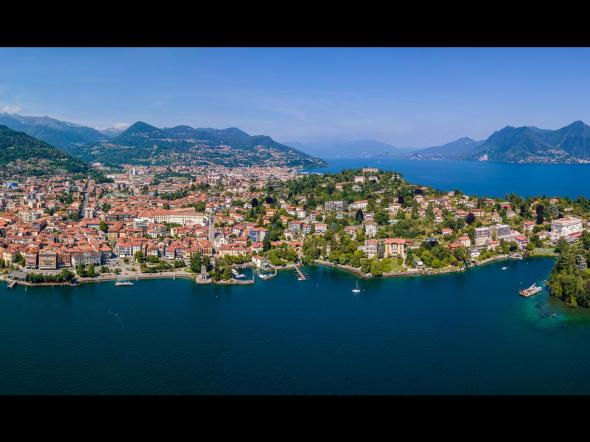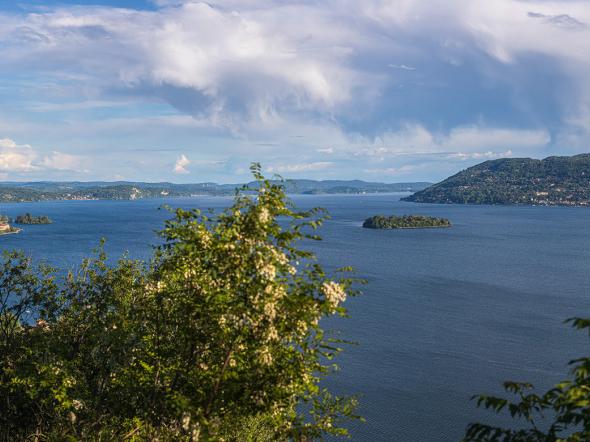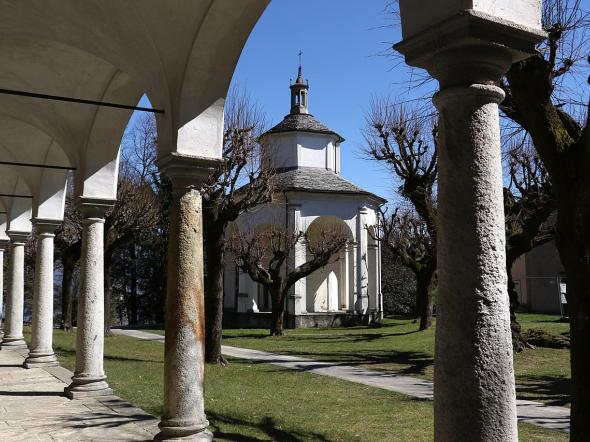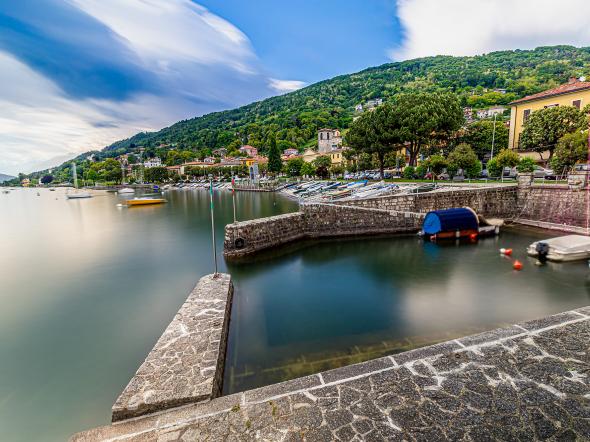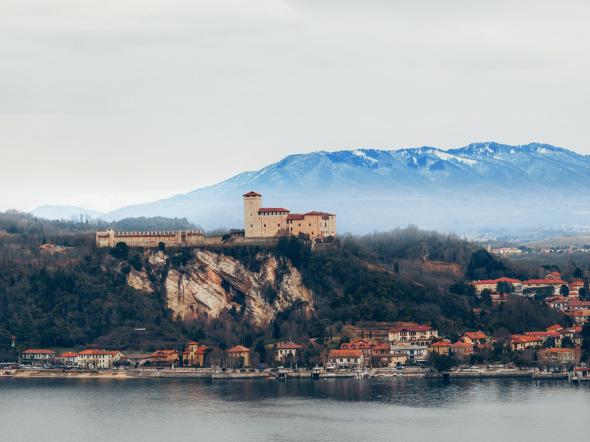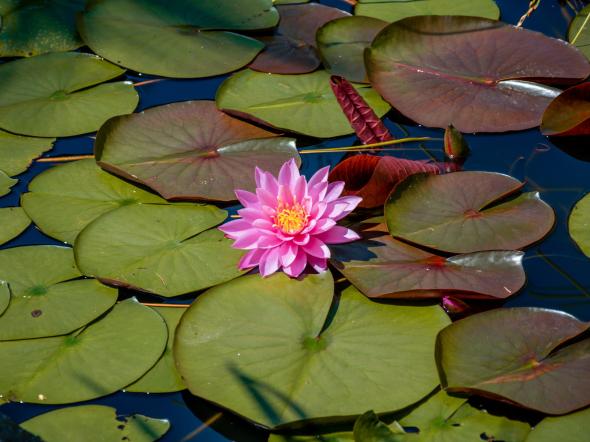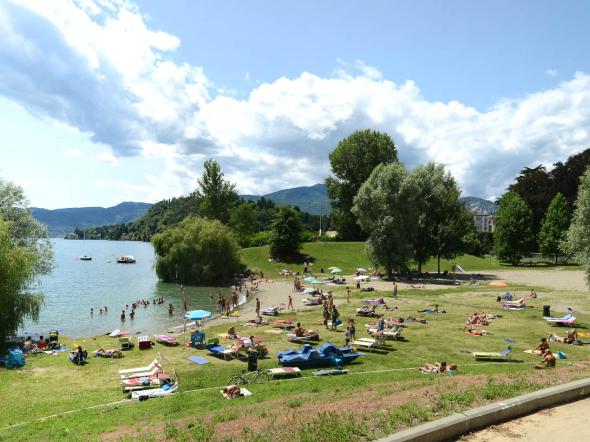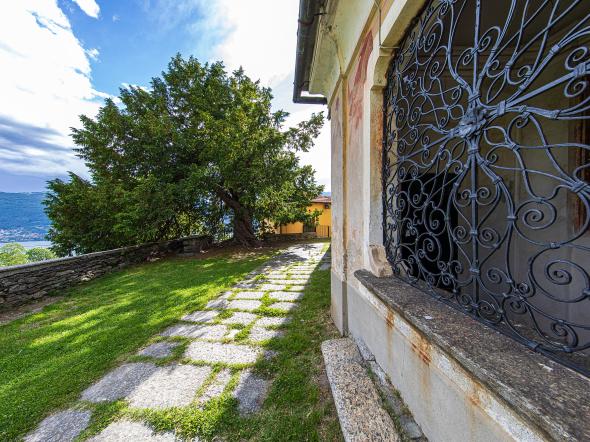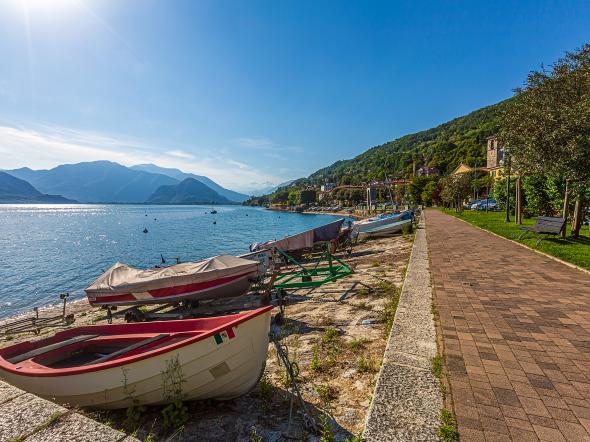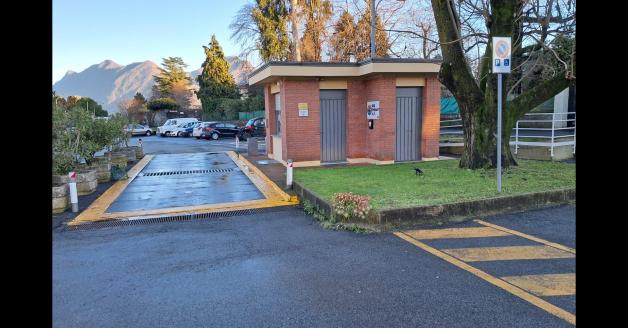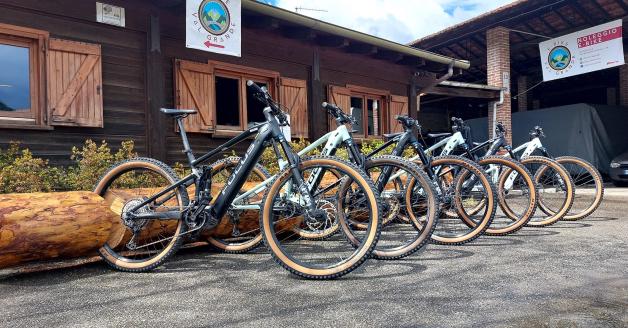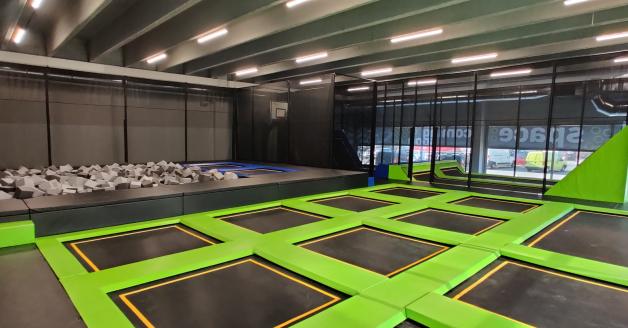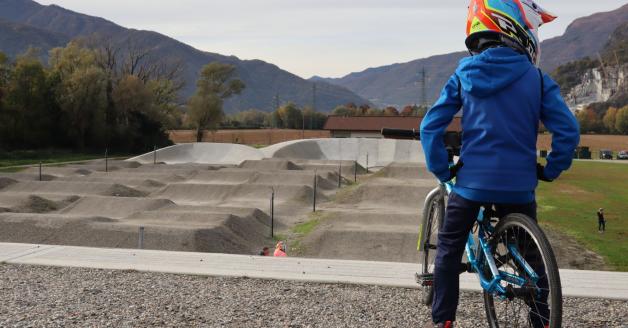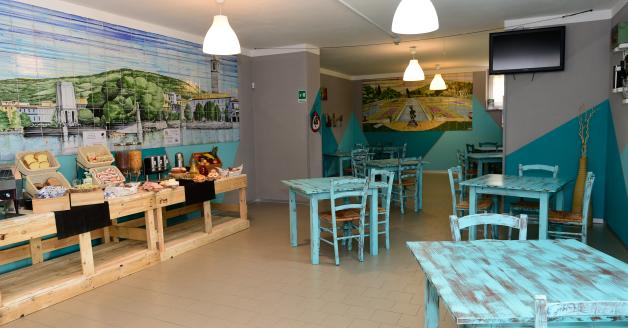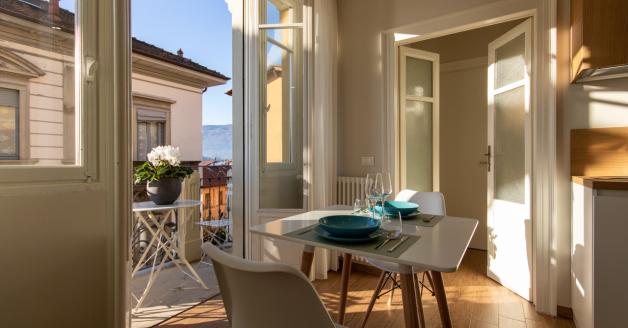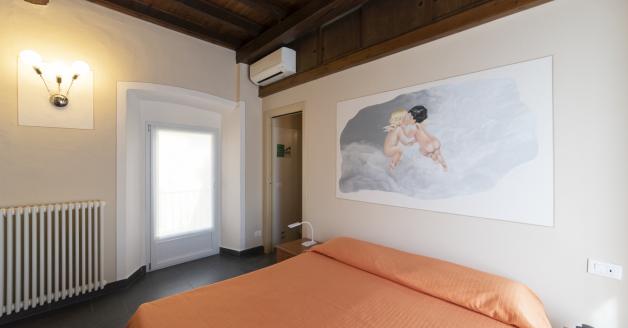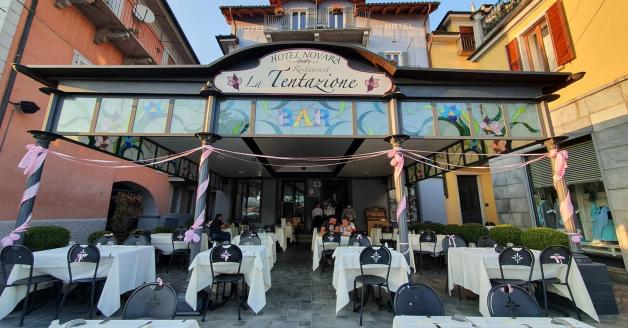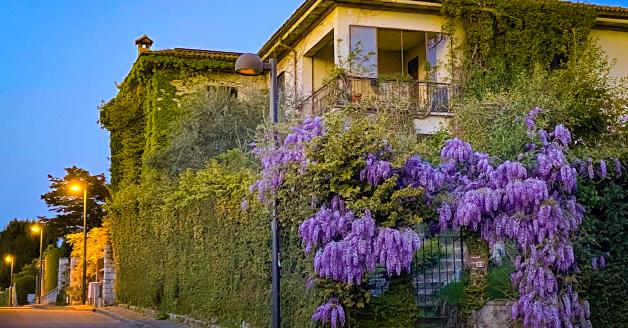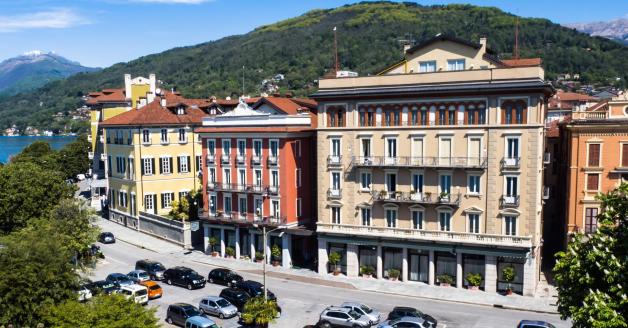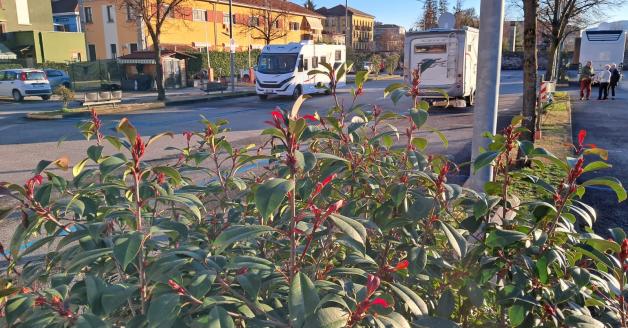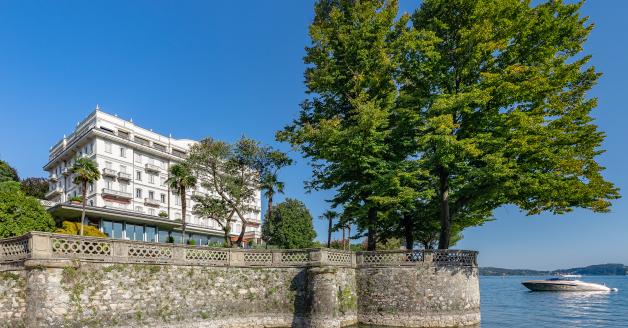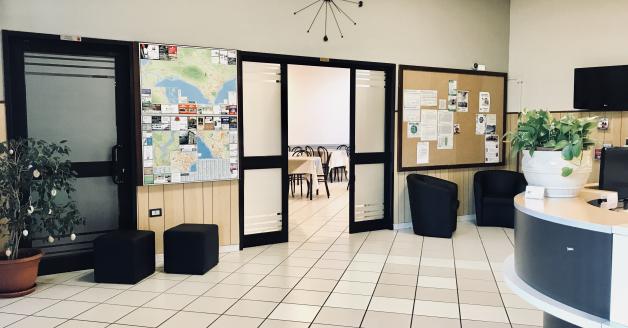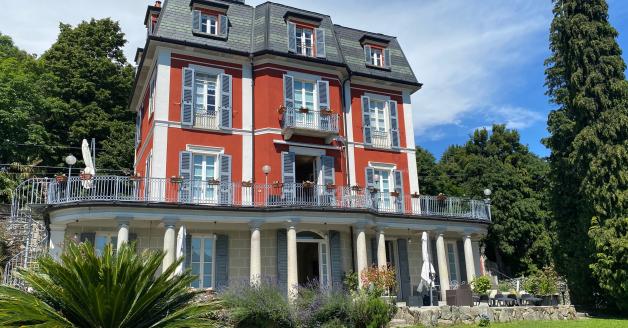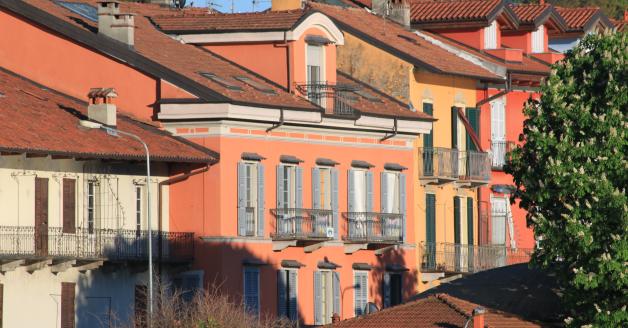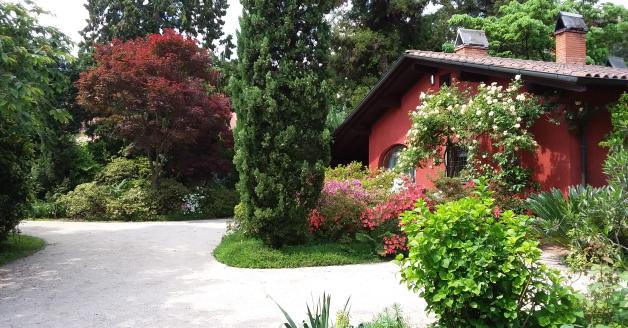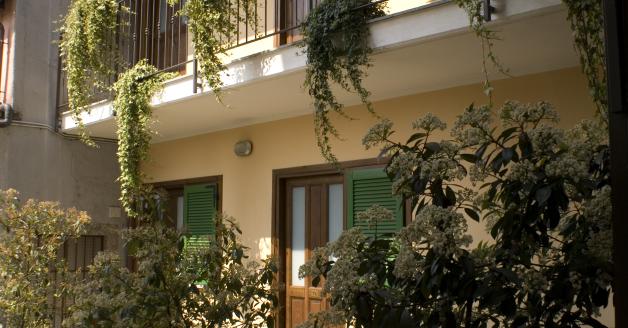Via degli Oleandri - Verbania
The current Romanian Orthodox Church of Saint Luke the Evangelist is located inside a Catholic religious building constructed in the first decade of the twentieth century and dedicated to the saints Bartholomew the Evangelist and Fermo the Martyr.
This temple, designed by the architect Febo Bottini and consecrated on August 8, 1908, was built to replace a previous oratory dating back to the fourteenth century, which was demolished in 1906 because it was located too close to the Santa Maria College, recently erected on the Castagnola hill.
In the history of Pallanza, the ancient oratory, dedicated only to Bartholomew, is closely linked to a highly attended country fair, which took place every year in the week of August 9 - the feast of Saint Fermo - in the spacious grassy area surrounding the church.
The fair lasted several days and was characterized not only by religious rites but also by dances, country games - the most prominent being the greasy pole climb - charity stalls, and wine stalls. It is handed down that during this occasion, the traditional "hair cutting" ceremony took place, the meaning of which has been lost over time, perhaps a ritual to fulfill a vow.
The oratory had a single nave, "twenty-six steps" long and twelve steps wide; above the altar, there was a large, finely crafted painting from the sixteenth century depicting the martyrdom of Saint Bartholomew; the painting is now kept in the nearby Church of Santo Stefano. As mentioned, the oratory was demolished in 1906, and thanks to the contributions of the people of Pallanza, it was rebuilt two years later on nearby land.
Over the decades, the traditional country festival lost importance until it disappeared completely, and the church remained closed for a long time.
In 2007, the Parishes of San Leonardo and Santo Stefano granted the building on loan to the Orthodox community, which currently holds religious services there.
Upon entering the church, one can admire the dramatic oak wood iconostasis, decorated with icons from Romania, and in the center of the nave, a huge chandelier built in Greece.

